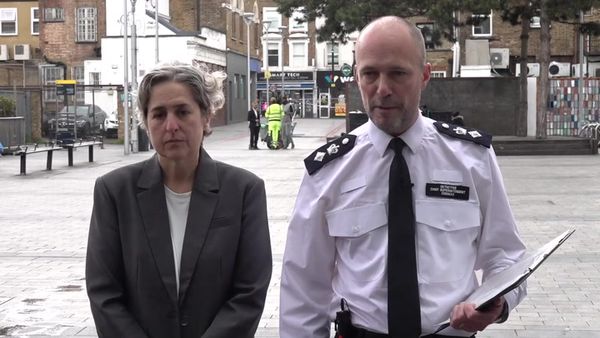Being a collector with a love for the environment isn't always easy. Collectors love surrounding themselves with stuff, and stuff of all kinds has effects on the environment. From production to shipping to disposal, recent years have seen consumers and companies taking a closer look at the staggering effect all the "stuff" we humans create can have on the planet and its other inhabitants. The love of stuff isn't going anywhere, so there has been a lot of innovation in the realm of sustainability. And one of the biggest names in the collectibles market, the toy company Hasbro (HAS), has introduced a new initiative to cut down on environmental harm by reducing its use of plastics.
Consumers and companies are right to be worried about the effects of plastics on our environment. Last year, 85% of U.S. plastic waste went to landfills instead of being properly recycled. Recycling plastic is better than sending it to a landfill, but recycled plastic can only be turned into other plastic-based products. At the end of its life cycle, something made of plastic will just break down into microplastics, most often ending up in the ocean to be ingested by sea creatures and enter the food chain.
With this in mind, in August 2019, Hasbro announced plans to phase out plastic from new product packaging. Their goal was to eliminate virtually all plastic in packaging for new products by the end of 2022. This includes plastic elements like polybags, elastic bands, shrink wrap, window sheets, and blister packs.
This isn't the toy company's first move into eco-friendly packaging. In 2010, the company eliminated wire ties, and in 2016 it added instructions for recycling to its packages. In 2018, the company incorporated more plant-based materials in their packaging. The company even has a deal with the TerraCycle, a company that will accept used toys and properly recycle them.
“Our in-house packaging team is constantly innovating, testing and validating new materials, exploring new solutions and developing best practices to improve the sustainability of our products and packaging.” said Kathrin Belliveau, Senior Vice President of Government Affairs and Corporate Social Responsibility at Hasbro. Improving the sustainability of products is an excellent goal -- but Hasbro may have to go back to the drawing board to keep its hobbyist consumer base.

Plastic-Free Packaging Hides the Goods
In the past, Hasbro's packaging included a plastic window that allowed collectors to display their favorite superheroes or villains without removing them from the box. Plastic film allowed folks to ensure the figure had all of its pieces, but they could preserve the box in hopes that the figure will become valuable. And often times, they do.
Unfortunately, the removal of these windows leaves collectors with no way to take a peek at their precious possessions. What's the point of having the toy if you never even get to look at it? Being able to see the goods is a huge motivating factor in deciding to purchase. Many of these collectors still buy figurines from their local comic book shops, and the ability to plastic "window shop" can easily result in going into a shop for one toy and leaving with five.
It's a clash of form and function -- and Hasbro has certainly relied heavily on the use of plastics to display toys in the past. Now the same toys come in a box with no visibility, though the outside shows images of the figures inside.
Hasbro works with Disney (DIS) to create figures and collectibles for some of the companies biggest franchises. Marvel and Star Wars toys in particular make Hasbro a major name in the collector's space. But other companies who make collectibles have their own packaging methods that could help Hasbro find a better design.
As one collector wrote on Reddit, "Got my first Marvel Legend with no window. Not a fan." Another responded, "They evolved .. just backwards."
How Are Other Companies Approaching Sustainability?
Perhaps the answer to Hasbro's display problem lies in the packaging of competitor company McFarlane Toys. The company hosts toys and collectibles from DC Comics, Critical Role, Warhammer 40K, and more. The company sells toys online and on Target (TGT) shelves that that features plastic outer casing, and the company doesn't have any sustainability information on their website.
It does, however, have a method for displaying collectibles that doesn't include plastic. Boxes holding precious collectible figures feature incredibly detailed photos of the the figure inside, sometimes with artistic flourishes that compliment the figure inside. The front cover of the box hinges open like a book, and inside sits a collectible figure fitted neatly into a foam casing. Collectors can prop the box open for wide display of their beloved figures if they're disinclined to display the figure out of the box.
With the help of biodegradable foams and boxing, folks who do choose to display a figure packaged this way could compost the unneeded packaging instead of sending it to a landfill. Collecting toys for play or for profit has the potential to be a very fun hobby. And with conscious product design and care for the environment, Hasbro can help consumers feel good about continuing to collect their products.







